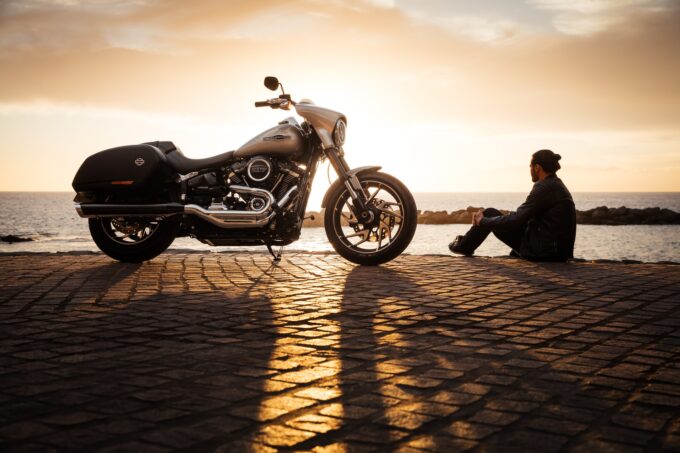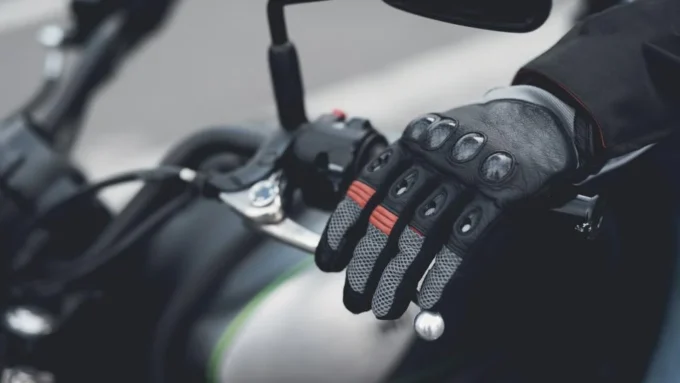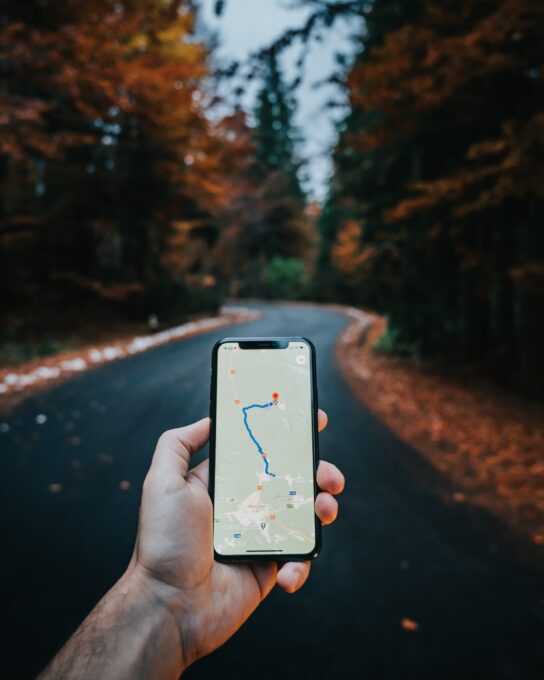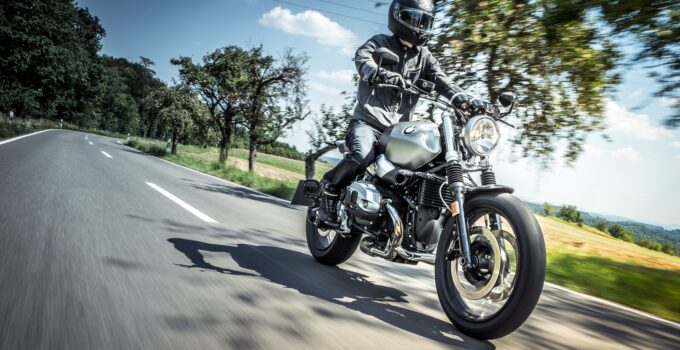A motorcycle trip is one of the most common and adventurous things several people have on their bucket list. You can enjoy the journey and the scenery while riding from one place to another location. Motorcycle trips can be thrilling, but they can be risky as well. So, we have made this list to ensure safety during your bike tour.
10 Best Tips For Making Your Bike Tour Safe And More Enjoyable
Below are the best tips that can make your motorcycle trip more fun and safe as well.
1. Understand Your Motorcycle’s Capabilities

Source: unsplash.com
Knowing your bike well will help you get a pleasurable journey. You would not be taken off guard if you understand your bike’s capacity. For instance, you can not use a scooter that is in poor condition for an off-road motorbike trip. Also, if you are going with a new bike, make sure you familiarize yourself with it for at least two weeks prior to getting started with your journey.
2. Make Sure Your Bike Is In Top Condition
Long rides might be hard on your motorcycle, so ensure that it is serviced well and is in good working condition before you go on your trip. With that, you can avoid situations where your bike may stop during the journey. It is better to inform the mechanic or service center of your trip so that they can make modifications that suit the places you visit.
For example, if your journey consists of windy places, it is better to install windshields on your bike. You can get high-quality and affordable windshields by checking out motorcyclescreens.eu. After the service and the repairs are done, ride your bike for a day or so prior to starting your trip.
3. Wear Protective Gear

Source: expertreviews.co.uk
Wear a good quality and reliable helmet. It is vital to wear your motorcycle safety gear such as rain suits, gloves, sturdy boots, and elbow and knee pads (optional). Also, make sure to fill your bike tank as soon as possible and carry extra fuel in case you are going to a remote location.
4. Pack Essentials Rightly
When you have long tour plans on your bike, it is crucial to carry essentials apart from the safety gear. For example, pack extra clothes, toiletries, water packs, and other things you might need. A heavy backpack puts tension on your back and shoulders, which you will notice after driving for some hours. A decent option is to use bungee cords to secure it to your back seat or use a set of saddlebags.
5. Check Out The Route Beforehand And Bring A Map

Source: unsplash.com
Before you go, check the map of the route to see where you may need to shut off. Bringing the map with you will assist you to keep on course even if you get lost. You can also rely on GPS, but ensure that you are not getting diverted while driving. It is better to do some preliminary research on road conditions before starting your tour since nobody wants to ride on a bumpy road which can be a major turn-off in your schedule.
6. Avoid Speeding
A marathon, not a sprint, is what a long-distance bike ride entails. Despite the fact that you might need to travel large distances, you must not compromise on safety. It is vital to keep in mind that you need to enjoy the journey instead of taking it as a race. As a result, it is best to drive at a safe speed to appreciate the scenery and prioritize your safety.
Plan your route so that you would not have to drive too long every day. The favorable ride time is between six to seven hours, which allows you to leave at a comfortable time during the day and reach your destination before dusk.
7. Maintain Your Posture While Riding

Source: unsplash.com
Even if it is difficult to maintain body posture when driving for lengthy periods of time, there are a few things you can do to maintain your body stress-free. Make your back, shoulders, and waist free, and keep them light when driving. All the stuff has to be placed on the motorcycle and make sure not to carry anything on your body, including camera bags, shoulder bags, or pouches.
Keep in mind not to crouch too heavily on the handlebar. It is better to sit straight and not slouch your shoulders. When you lean on the handlebar, every motion of the front wheel is transmitted to your shoulders, causing them to get sore quickly. It is best to wear gloves, especially light gloves if you are not driving in a chilly climate. They will keep your palms from becoming bloated or uncomfortable.
8. Consider Adding Stops
During a long tour, it is critical to give yourself ample time to relax. Riding while you are exhausted does not make your trip enjoyable but more dangerous. Thus, before you begin your journey, think about how you will take breaks. A few bikers take breaks after every hour, while others take a break after 50 or 100 kilometers.
Think about what is best for you and do not forget to get enough rest. While planning your route, keep an eye out for interesting locations to halt along the way, such as a viewpoint or a restaurant. It will also show you where to stop or where to fill up your tank.
9. Pay Attention To Food And Hydrate Yourself

Source: unsplash.com
When you are on a bike ride, your eating habits and food selections are often overlooked. Before you begin the day, it is best to eat a small breakfast. Avoid heavy meals at any place since they will make the travel harder. Instead, consume modest meals throughout the day. It is critical to stay hydrated, and you should drink lots of water throughout the day. Do not continue riding if you are feeling thirsty. So, stop, drink, and then ride.
10. Carry A First-aid Kit
Having a first-aid kit will come in handy when you get a slight bump or a minor injury. When your jacket rubs on your skin, it can lead to a minor elbow scrape, which can be rather irritating. As a result, it is best to bring first-aid essentials such as bandages, disinfectants, ointments, cotton, and pain relievers.
Bottom Line
Make sure to follow the above-listed tips to make sure that your bike trip will go smoothly. In addition, you can get a fun and enjoyable experience throughout the journey without putting your safety at risk.







